Animal, vegetable, mineral, or crab?
The Snow Crab, is a complex creature that shows how interconnected crabs are with humans.
Historically the Snow Crab was only found in Arctic waters, but with melting ice, their range and habitat is growing.
A key Snow Crab habitat is the Barents sea - north of Russia and Norway. Here the loss of winter ice is the most severe, which means that this valuable crab can be fished for longer and more intensively.
The crab is considered a delicacy around the world and its fisheries are estimated to be worth billions of dollars in the next decade.
The economic value of the crab, driven by climate change, is having far reaching effects on how the crab is treated legally.
In the Barents sea, the crab’s range has extended so far over recent years that it has crossed into international waters. This means that any country may fish the crab in these waters, much to the annoyance of Russia and Norway.
In an attempt to monopolise this crab, the governments of Norway and Russia have banded together to exploit a loophole and redesignate the crab as a ‘seabed resource’.
This means that the Snow Crab now shares a legal definition with oil, minerals and gas.
This distinction is based on the U.N judgement that the crab is a sedentary species, that is, that it doesn’t migrate like fish.
It also means that the laws which govern who can fish this new ‘resource’ have changed, granting Norway and Russia exclusive access.
Fishing rights are determined under international law by distance from the coastline. However exploitation of seabed resources is judged by the boundaries of underwater continental shelves.
What is clear is that climate change is already becoming the driver behind shifts at all levels of society. How we react and relate to the interconnectedness of the environment, politics and the global economy is up to us - but right now, the Snow Crab is giving us a taste of what’s to come.
